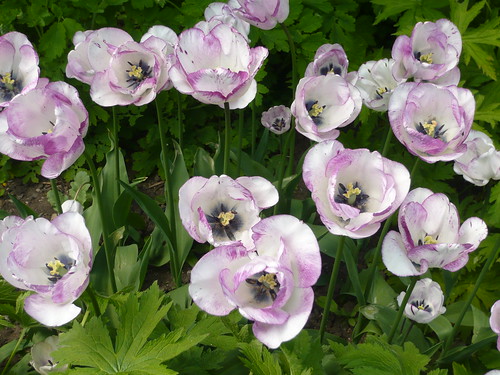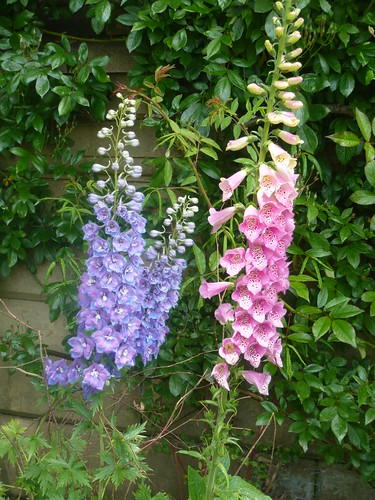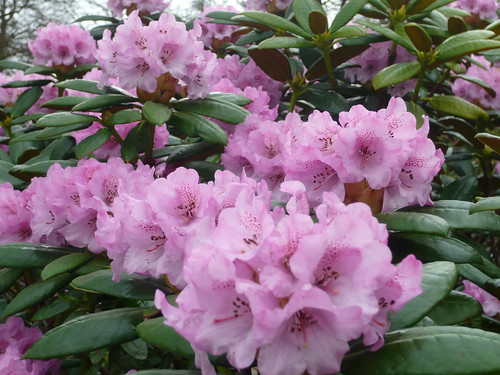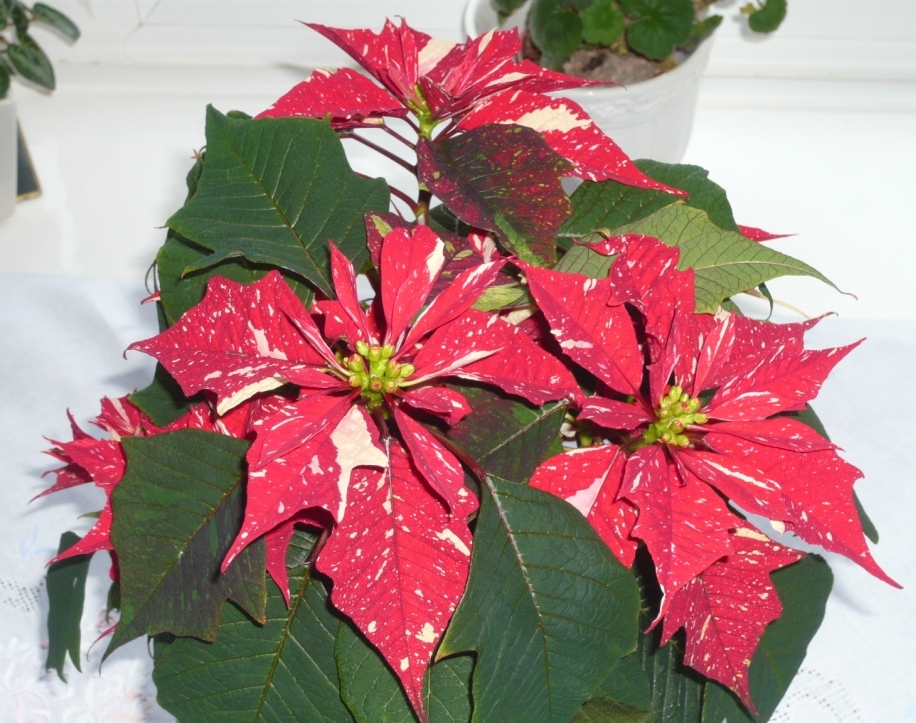Last month I listed three popular gardening books for children based on my observations at RHS library. Here are some other books that can be bought from Amazon by clicking on the cover.

‘Grow It Eat It’ is a book for adults and kids to work on together.

‘Starting Gardening’ sets out simple gardening skills in a fun manner.

If you think gardeners are getting younger then look at this Activity book for 3-5 year olds .
‘…All the activities are designed to develop important preschool skills and are based on the Areas of Learning for under-fives recommended by the Qualifications and Curriculum Authority.’ I am in favour of Kids learning but do we need gardening on the under 5’s curriculum?
I recently spent six months voluteering at the RHS library. I was amazed at the enthusiasm and interest of children in books and garden related matters.
Below is just a small selection of books that may make unexpected stocking fillers for Christmas.

‘Roots, Shoots, Buckets and Boots: Gardening Together with Children’ by Sharron Lovejoy includes themed gardens like the “Pizza Patch” and the “Moon Garden”, and a list of the top 20 plants for children.

‘The Playground Potting Shed: A Foolproof Guide to Gardening with Children’ by Dominic Murphy will inspire young people to get gardening whether at home or at school.

The RHS starts off with the ever popular Sunflower on the cover of ‘Ready, Steady, Grow’. The book includes details of quick and easy garden projects
Books can be ordered from Amazon by clicking on the images above.
…
Read More Read More








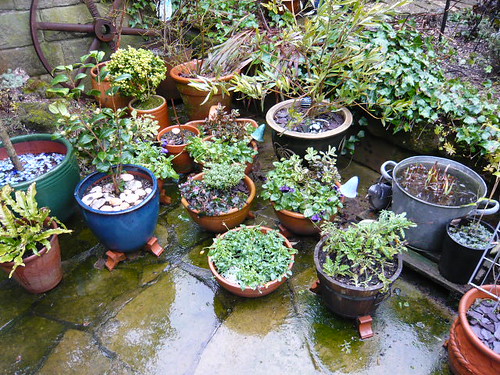
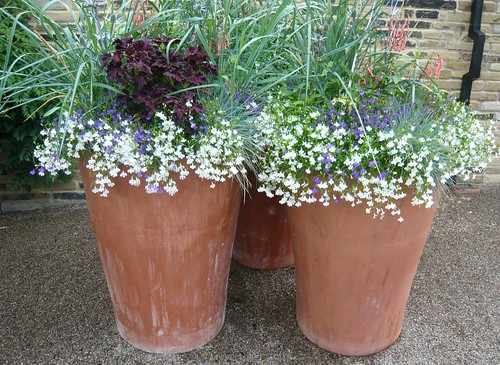
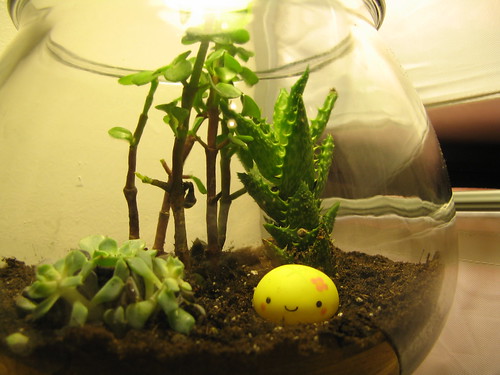 photo by medoriastar
photo by medoriastar
